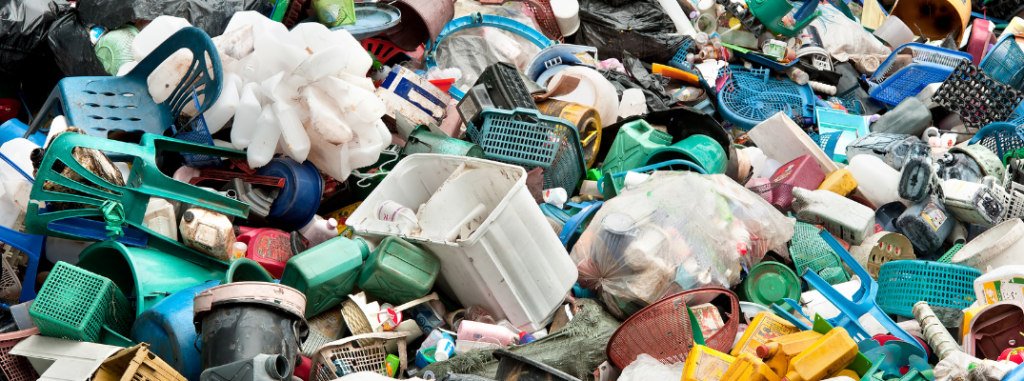Cheap to produce, convenient, useful, durable and found everywhere. What is it? Plastic!!
Who doesn’t love the convenience of not having to carry a cloth shopping bag everywhere or taking a ceramic coffee cup to work? This comes with a price of course – a plastic menace!
“Some nine million tons of plastic waste flows into the oceans every year from coastal regions.” – Laura Parker (National Geographic)
The issue of combating the plastic menace we have found ourselves in is beyond a 500-word essay. However, it’s a step in the right direction in achieving the change we need.
The Plastic menace
Overflowing drains, flooded streets and accidents are some of the things we witness when the rains start in most areas. A large number of people have mastered the habit of throwing their wastes on the streets. Plastic bottles, disposable plates, Styrofoam containers and other single-use plastic items are some of such wastes. These reasonably large items clog canals, block drains and presents an awful sight.

Leading the change against the plastic menace
To lead the change against plastic pollution, it starts with evaluating our mindset as individuals. We need to ask ourselves a couple of questions. How do we perceive the environment? How do we see convenience at the expense of environmental protection?
Most cities and countries that have succeeded in the fight against plastic pollution did so because of the genuine willingness on the part of each individual. The willingness to win the fight is very important because, without it, provided infrastructure would be useless.
Little steps in the right direction
When repeated by a multitude of people, little actions have been proven to yield positive results. Such actions include;
- Reducing the consumption of single-use and non-recyclable plastic
- Stop littering
- Properly bagging waste
- Sorting waste from source so as to increase recycling
- Talking to neighbours, family and friends about it
What do we stand to gain if we do the right thing?
- There will be a reduction in what goes to landfills
- The cost of raw materials would also take a dive as a result of recycling
- Drains would be free from blockage, which will, in turn, reduce the incidence of diseases that occur as a result of stagnant or polluted water (i.e. typhoid fever, cholera, malaria and dengue fever).
- Aquatic animals would have their lives preserved.
- We would not eat plastic. Microplastics ingested by small animals move up the food chain and finally being eaten by humans. Microplastics are carcinogens and can predispose us to cancer.
A call to action
A lot of our social problems have strong links with a lapse in waste prevention, poor sanitation and environmental degradation. We need to leave the earth better than we met it.
Implementing these changes would be gradual and might not appeal to us but if that is what we have to do to make the environment habitable for our children, why not?

